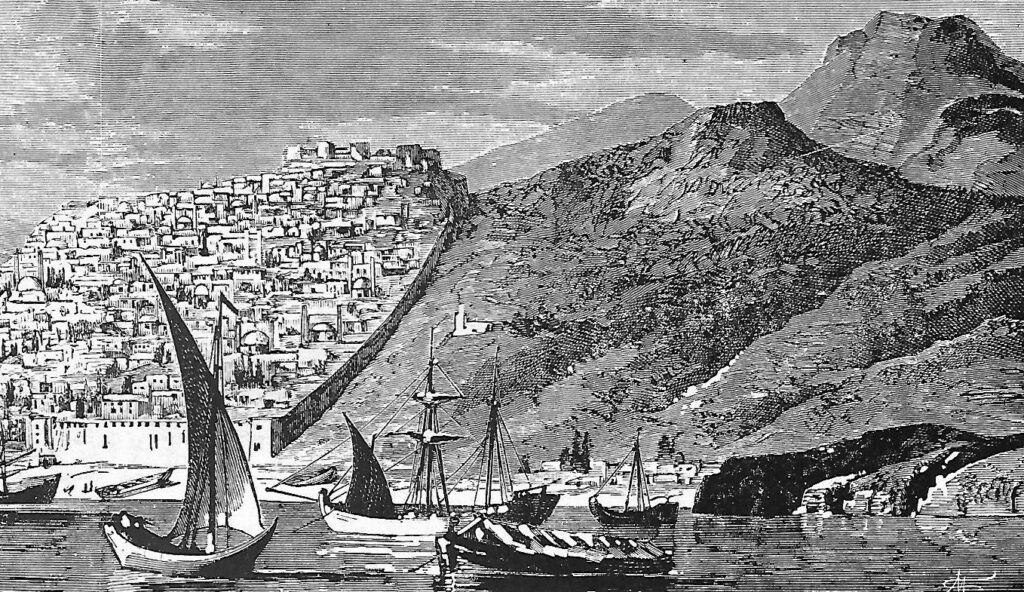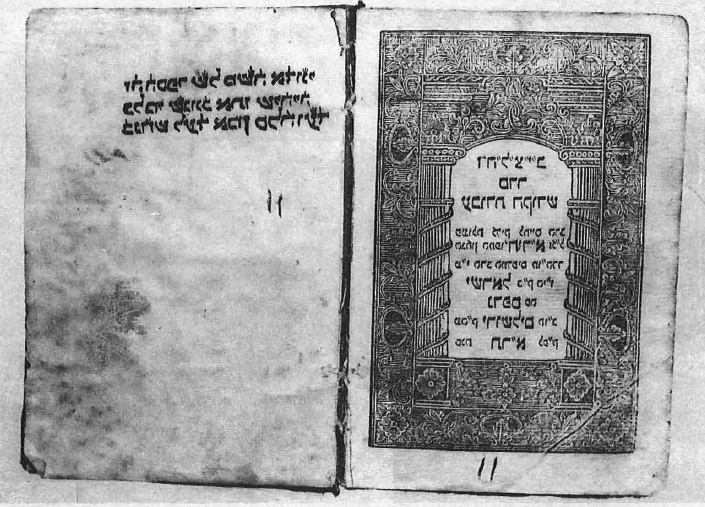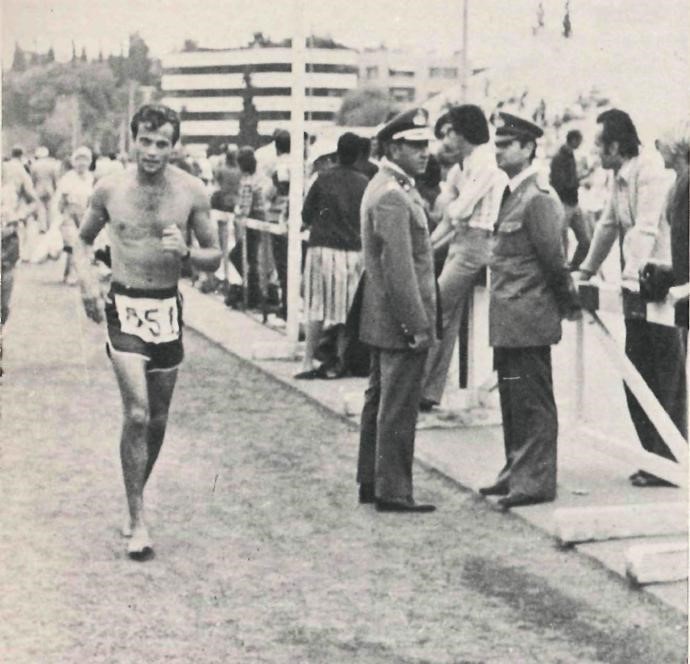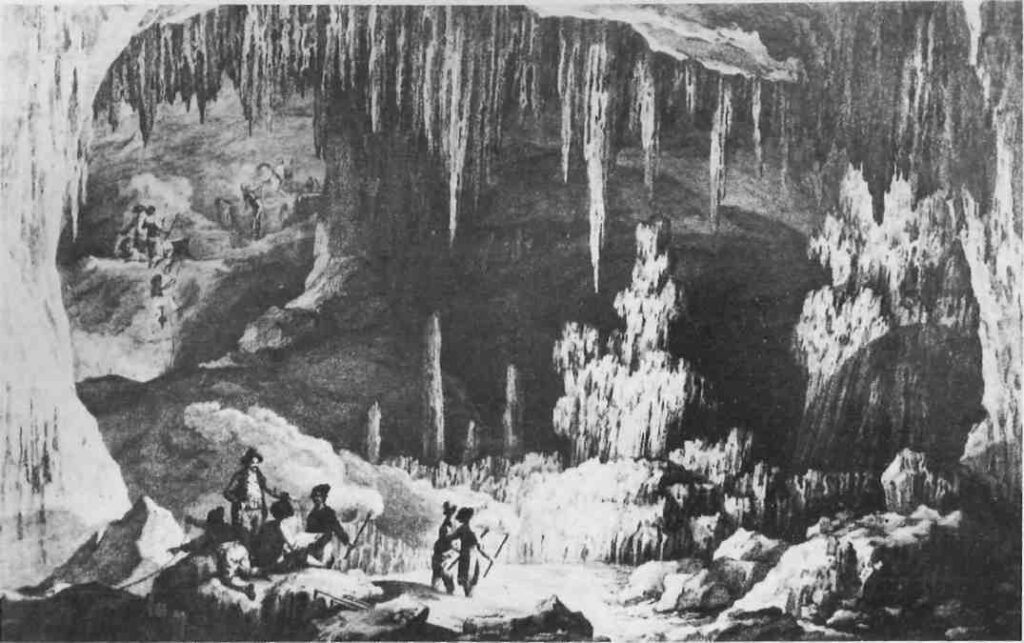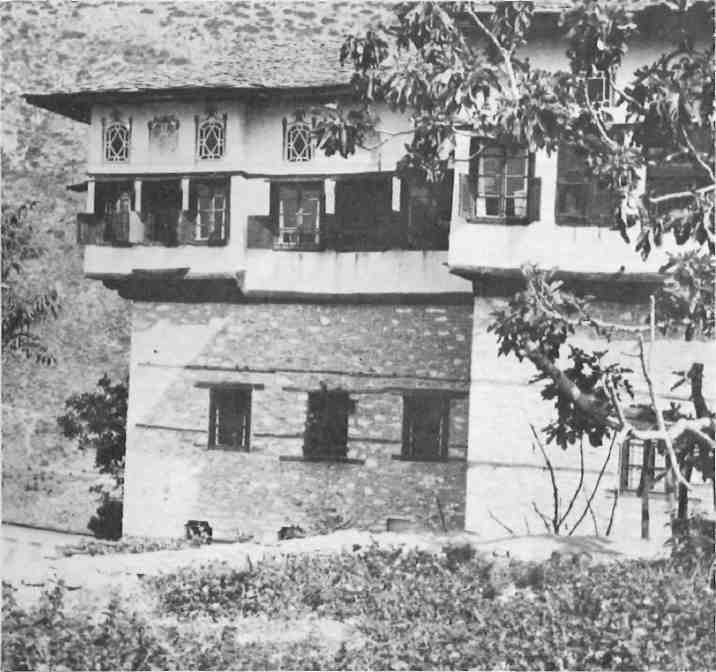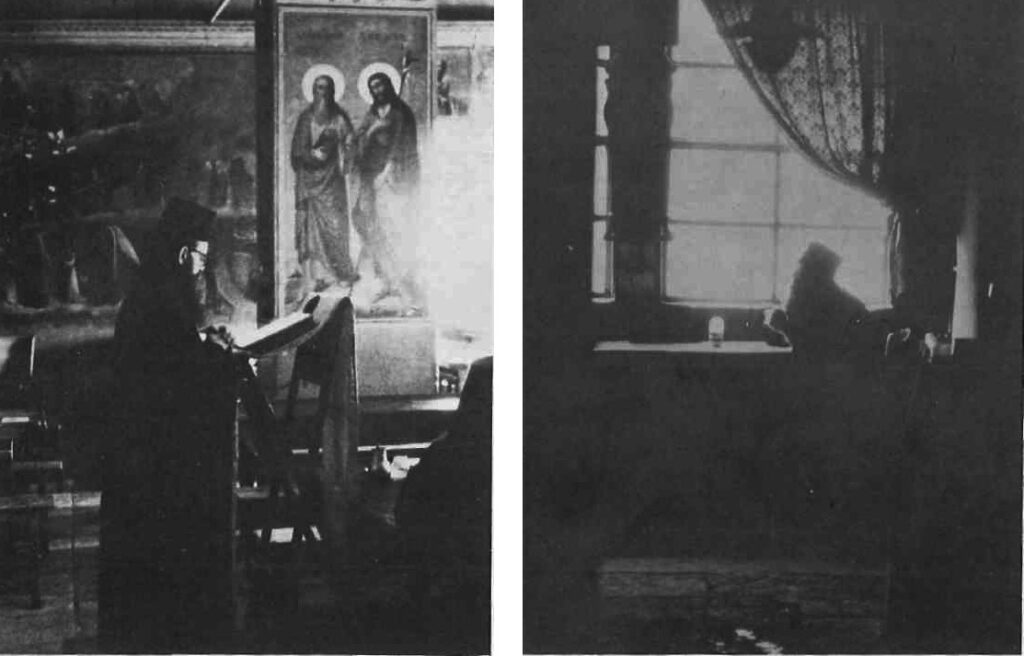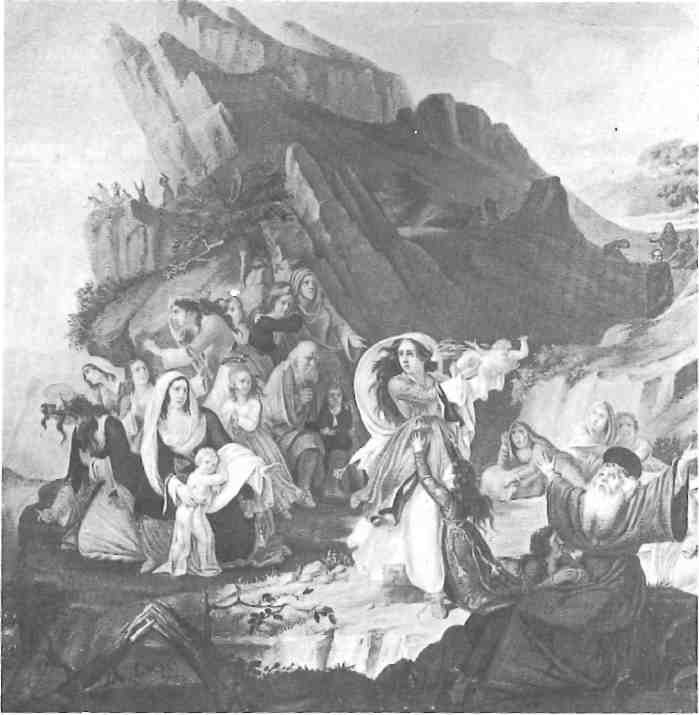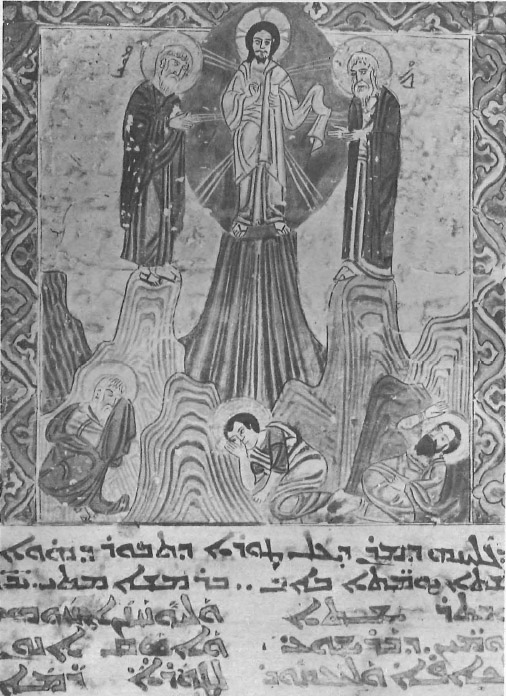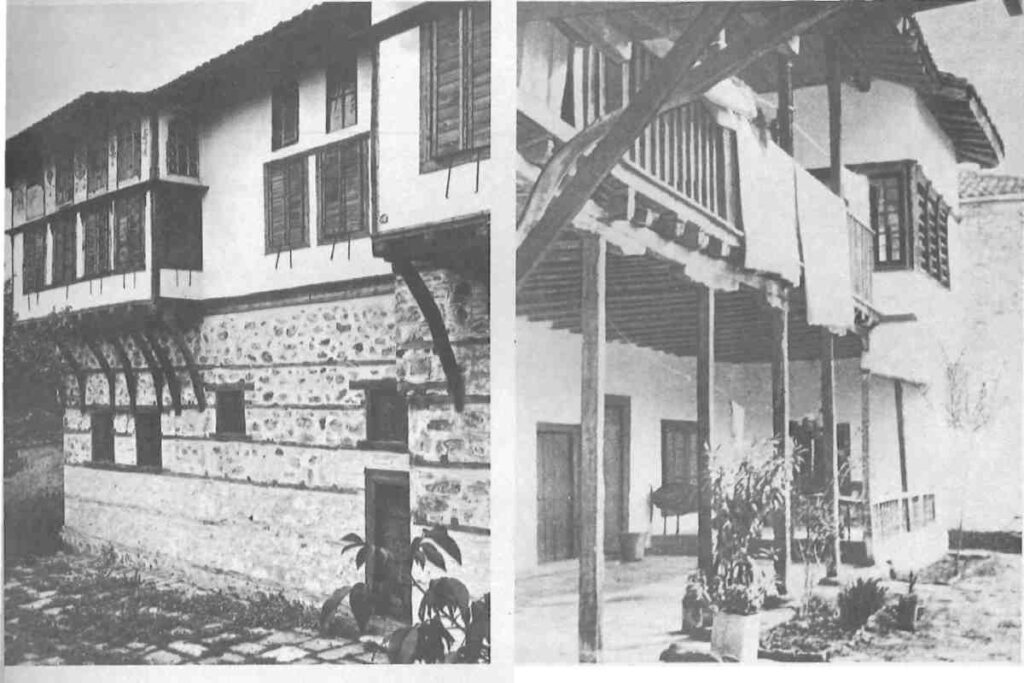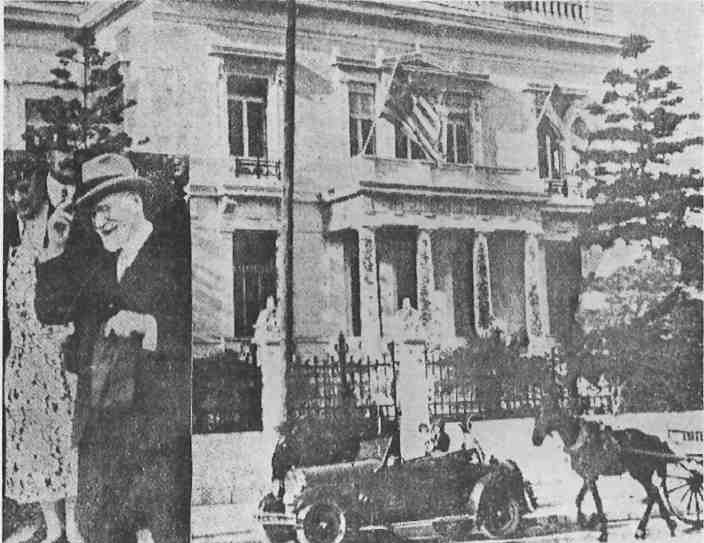The Sephardic Jews of Salonica
The first Jews probably arrived in Salonica during the second century B.C. By the sixteenth and seventeenth centuries they accounted for approximately one-half of the city’s population and the community had become a major cultural centre of the Jewish world. Today, less than one percent of the city’s half-million population is Jewish…
